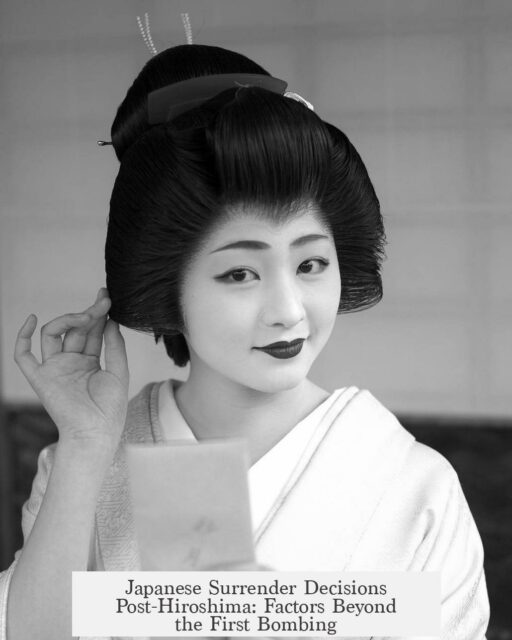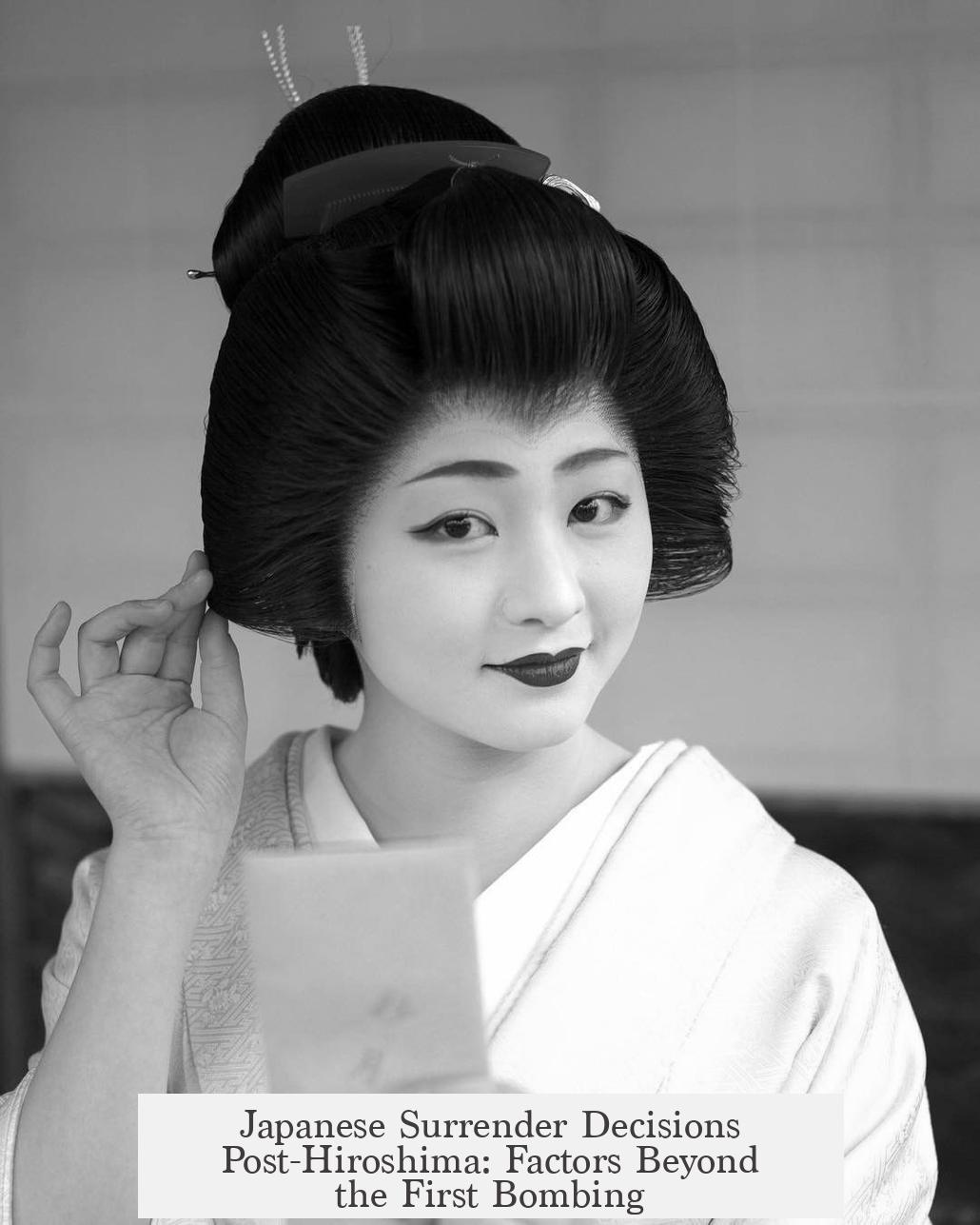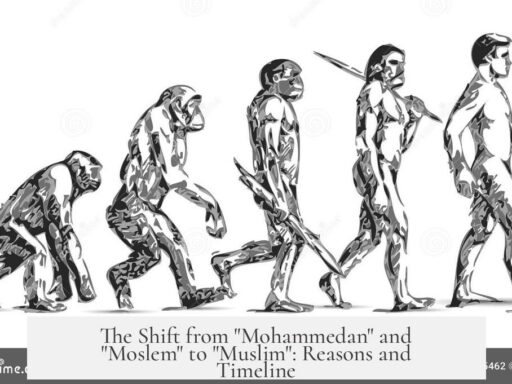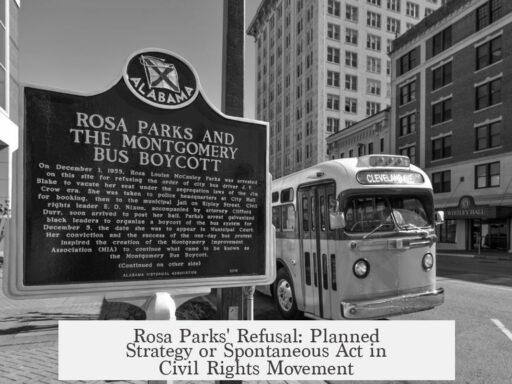Japan did not surrender immediately after the Hiroshima bombing because they first needed to verify the bomb’s destructive power, were internally divided on surrender terms, feared losing the emperor system, and faced strong cultural pressures to continue fighting despite imminent defeat.
Immediately after the atomic bomb devastated Hiroshima on August 6, 1945, Japan did not capitulate. They required time to confirm that the weapon was indeed as powerful as claimed. Several days passed as Japanese leaders gathered intelligence to ensure the event was genuine and not exaggerated propaganda. This delay was crucial because the bomb represented a new kind of threat unknown in warfare before.
During the same period, the Soviet Union launched an invasion of Japanese-held Manchuria. This sudden Soviet entry into the war hard-pressed Japan’s already strained military and political leadership. The combined shock of Hiroshima and Soviet attacks pressured Japan to reconsider its position. However, despite this external and internal threat, Japan’s top military leaders remained deeply divided.
The Japanese military leadership, often referred to as the “big six,” brutally debated how to respond. Their meetings two days after Hiroshima illustrated how split they were. Three of them wanted to continue fighting; three favored suing for peace. The main barrier was the US demand for unconditional surrender. Japanese leaders sought terms that might preserve the emperor’s role and Japan’s dignity. The US, however, demanded full and unconditional surrender, a condition Japan considered humiliating and unacceptable.
The distinction between being on the cusp of defeat and actually conceding defeat is key. While Japan recognized its military position was untenable, surrendering outright was a different matter. The emperor system was central to Japanese identity and governance, and losing it was seen as worse than continuing to fight. These fears prolonged resistance, with leaders unwilling to give up without securing conditional terms.
The emperor himself played a pivotal role but had to carefully navigate internal conflicts. On August 12, Japanese Admiral Mitsumasa suggested to Emperor Hirohito that the atomic bombs and the Soviet invasion were “divine gifts” offering a chance to end the war honorably. Subsequently, the emperor urged his military leaders to surrender. Even so, the internal deadlock persisted. A surrender vote barely passed, and some military factions attempted a coup to block surrender, highlighting fierce resistance within Japan’s armed forces.
Japan’s cultural mindset also hindered quick surrender. The national ethos emphasized honor and perseverance. Civilians were prepared to defend the homeland with makeshift weapons. Stockpiling food and training civilians showed readiness to endure unimaginable hardships rather than accept defeat. Surrender was regarded as a disgrace that stained the nation’s honor more deeply than death itself.
Even after the emperor’s broadcast announcing surrender on August 15 and the official signing on September 2, there were pockets of resistance. Some soldiers ignored the surrender orders and continued fighting for months or years. Allied prisoners of war remained captive under harsh conditions until liberation, showing that the war did not end smoothly with the formal surrender.
| Factor | Explanation |
|---|---|
| Verification Delay | Days needed to confirm atomic bomb’s reality and impact |
| Military Leadership Deadlock | Divided opinions with 3 supporters and 3 opponents of surrender |
| Fear Over Emperor System | Unconditional surrender seen as threat to the emperor’s status |
| Cultural Pressure | Honor and resistance valued above surrender, civilian preparedness for battle |
| Soviet Invasion | Added military strain and influenced decision-making |
| Internal Conflict | Attempted coup against surrender delayed official peace agreement |
Japan’s posture after Hiroshima was not that of immediate surrender but of preparing for an honorable defeat. The leadership was trying to navigate the impossible choice between national survival and preserving dignity. Conditions required more time to digest the shock, manage internal strife, and weigh the new realities imposed by the atomic bomb and Soviet intervention.
Those interested in deeper study can refer to academic works like Richard B. Frank’s Downfall, which provides a detailed examination of Japan’s path to surrender and the complex political and military dynamics involved.
- Japan delayed surrender after Hiroshima to confirm the bomb’s legitimacy and effects.
- Military leadership was deadlocked, fearing unconditional surrender would destroy the emperor system.
- Cultural values of honor prolonged the will to resist despite inevitable defeat.
- The Soviet invasion compounded pressure while adding urgency to the surrender debate.
- The emperor’s intervention was critical but met military resistance, including a coup attempt.
- Even after official surrender, some units continued fighting, highlighting fractured control.
Why Didn’t the Japanese Surrender After the First Bombing of Hiroshima if They Were on the Verge of Surrendering?

The short answer: Japan didn’t immediately surrender after the Hiroshima bombing because they needed time to grasp what had happened, grappled with internal leadership deadlocks, prioritized preserving the Emperor system, and faced strong cultural resistance to surrender — all while contending with the Soviet invasion and a fractured military. This wasn’t a snap decision, but a complex pause in a painful dance with defeat.
Let’s break down the story behind that infamous August 6, 1945 event and the puzzling delay afterward. Weren’t the Japanese ready to give up? Not exactly. Here’s what really went down.
A Matter of Confirmation and Timing
Imagine getting a message about a new superweapon that has obliterated your city. Would you believe it immediately? Japan’s leadership didn’t. After Hiroshima’s destruction, they needed a few days to confirm the bomb’s legitimacy and destructive power — not just propaganda or exaggeration. This wasn’t eager procrastination; it was cautious investigation in an uncertain world.
Those few days also coincided with the Soviet Union entering the war by invading Manchuria, opening a new front and further rattling Japan’s leadership. Suddenly, the situation was grim on two fronts — nuclear devastation and a new military enemy.
Leadership Deadlock: The ‘Big Six’ Tug-of-War
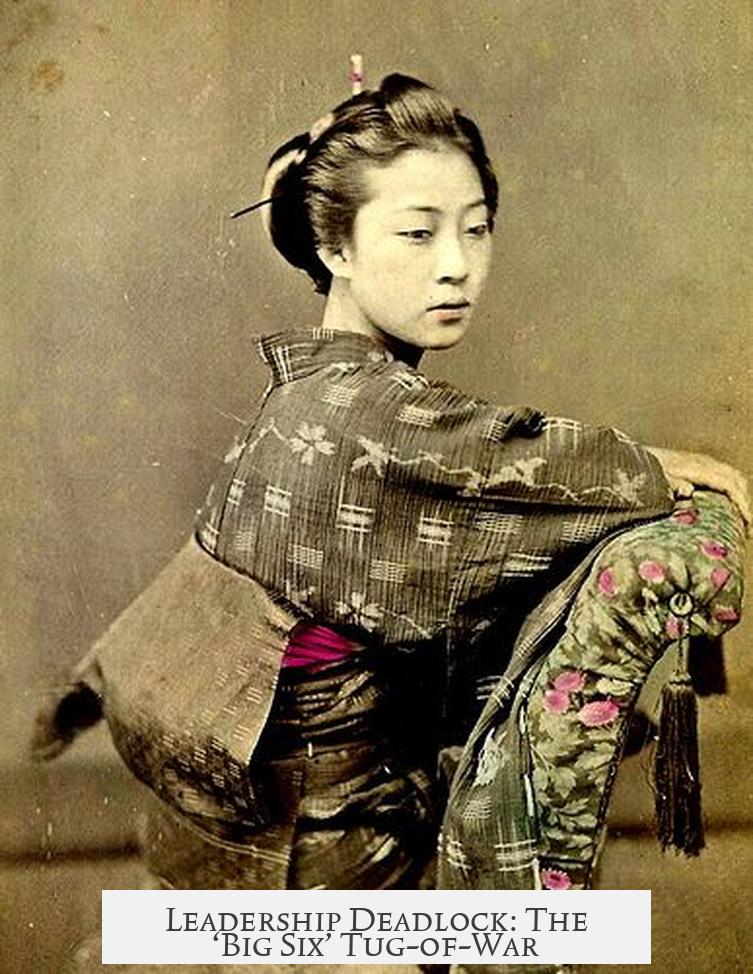
Japan’s top military commanders, famously called the ‘big six,’ did not agree about surrendering. They were split 3-3 on whether to accept defeat or fight on. This deadlock wasn’t some trivial disagreement; it reflected deep divisions about honor, future of the Emperor, and pride.
Early attempts to negotiate surrender with conditions — such as preserving the Emperor system — were rejected by the U.S. Washington insisted on unconditional surrender, which Japan feared would mean the Emperor losing power, possibly his life. In the Japanese worldview, surrender often implied disgrace, even dishonor.
The Emperor’s Crucial But Cautious Role
Here’s the real kicker: It took multiple meetings over days before the Emperor got involved. On August 12, a key admiral proposed the atomic bombs and the Soviet assault as “divine gifts”—a kind of celestial nudge to end the war.
The Emperor listened, then urged the military leaders to surrender. Even so, the vote among the ‘big six’ stayed razor thin. The Emperor personally intervened again with messages ordering surrender on August 17.
But surrender wasn’t a clean break. Some military factions tried a coup to stop surrender. Others outright ignored orders, fighting on for months or even longer — a stubborn testament to factionalism and entrenched resistance.
Cultural Forces: Fighting to the Bitter End
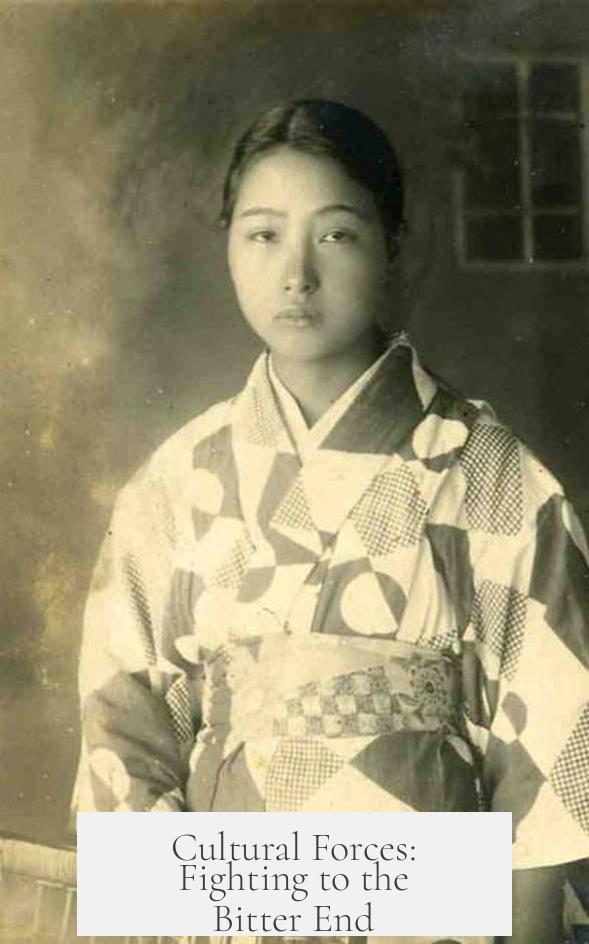
The culture of Japan during WWII emphasized honor and loyalty to such an extent that surrender was seen as *worse* than death. People were literally stockpiling acorns as food for a last stand and preparing women and children to defend the nation with sharpened sticks.
The mindset was about ‘enduring the unendurable’ — not just physical hardship, but the shame of giving up. This psychological backdrop made the prospect of surrender nearly unthinkable. Who in their right mind would wave the white flag when facing annihilation seemed more honorable?
Persistent Fighting and POW Conditions Despite Surrender Announcements
Even after the Emperor’s messages and the official surrender on September 2, fighting continued. Allied prisoners of war were still held at gunpoint, and some Japanese units refused to stand down.
The significance? Orders from the top did not instantly filter down or guarantee compliance. The fractured, chaotic situation on the ground meant the war’s deadly echoes lingered.
Clarifying the Myth: Were They ‘On the Verge of Surrender’?
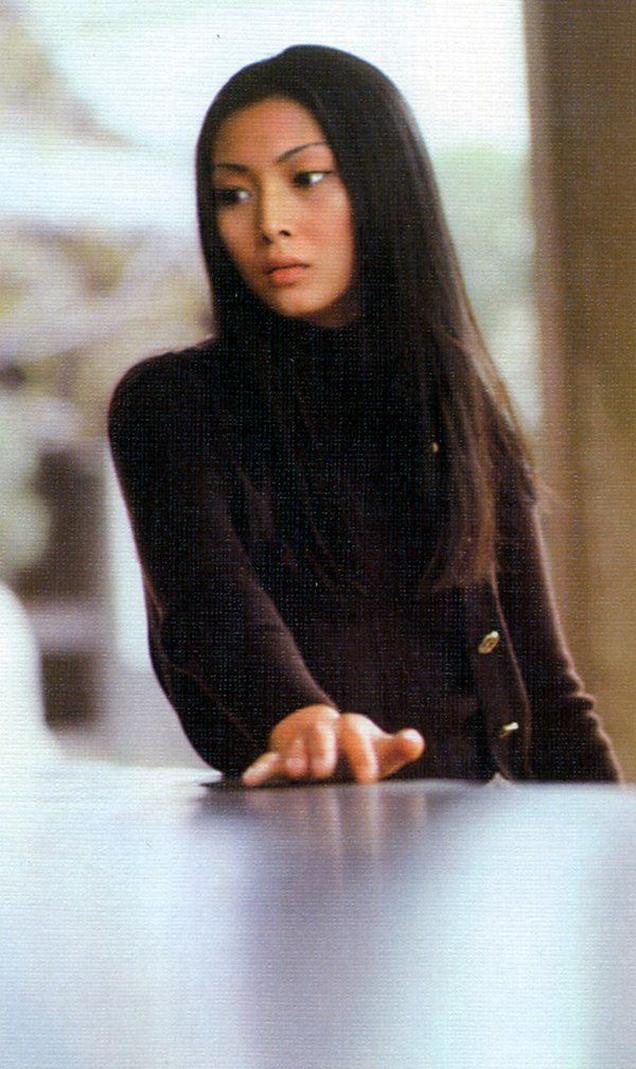
This is crucial. Japan was certainly on the **brink of defeat** by mid-1945. But being close to defeat isn’t the same as preparing to surrender. Many high-ranking officials were exploring diplomatic solutions, but unconditional surrender with loss of the Emperor was a line never crossed willingly.
So, saying Japan was “on the verge of surrender” oversimplifies and misrepresents the reality. The military was dug in, ready to fight, seeking conditions to soften surrender — in other words, still holding on tightly to hope and honor.
Lessons from History: Why Does This Matter?
Understanding this disconnect matters because it explains why the atomic bombs and Soviet invasion didn’t yield an instant end to the war. It shows how cultural values, leadership struggles, and strategic fears shape history. And it sheds light on why peace can be a slow, painful process even when defeat seems certain.
If you’re curious about a deep dive and rigorous research, the book “Downfall” by Richard B. Frank is highly recommended. It offers rich context and detailed analysis about the surrender process and the complex internal struggles Japan faced.
Final Thoughts: Complex Reality Behind a Single Bombing
Japan’s delayed surrender after Hiroshima wasn’t about stubborn denial; it was a multifaceted process involving verification, leadership deadlock, cultural honor, and the volatile geopolitical situation. The Emperor’s role was key, but not immediate. The military fought fiercely on even after official surrender orders.
History isn’t a simple plotline capped by a single event, even one as monumental as Hiroshima. It’s a human story marked by hesitation, politics, cultural conviction, and strategic calculations.
So next time someone wonders why Japan didn’t wave the white flag right after the bomb dropped, remember: it took days of sorting facts, fighting internal battles, and wrestling with pride before peace emerged.
